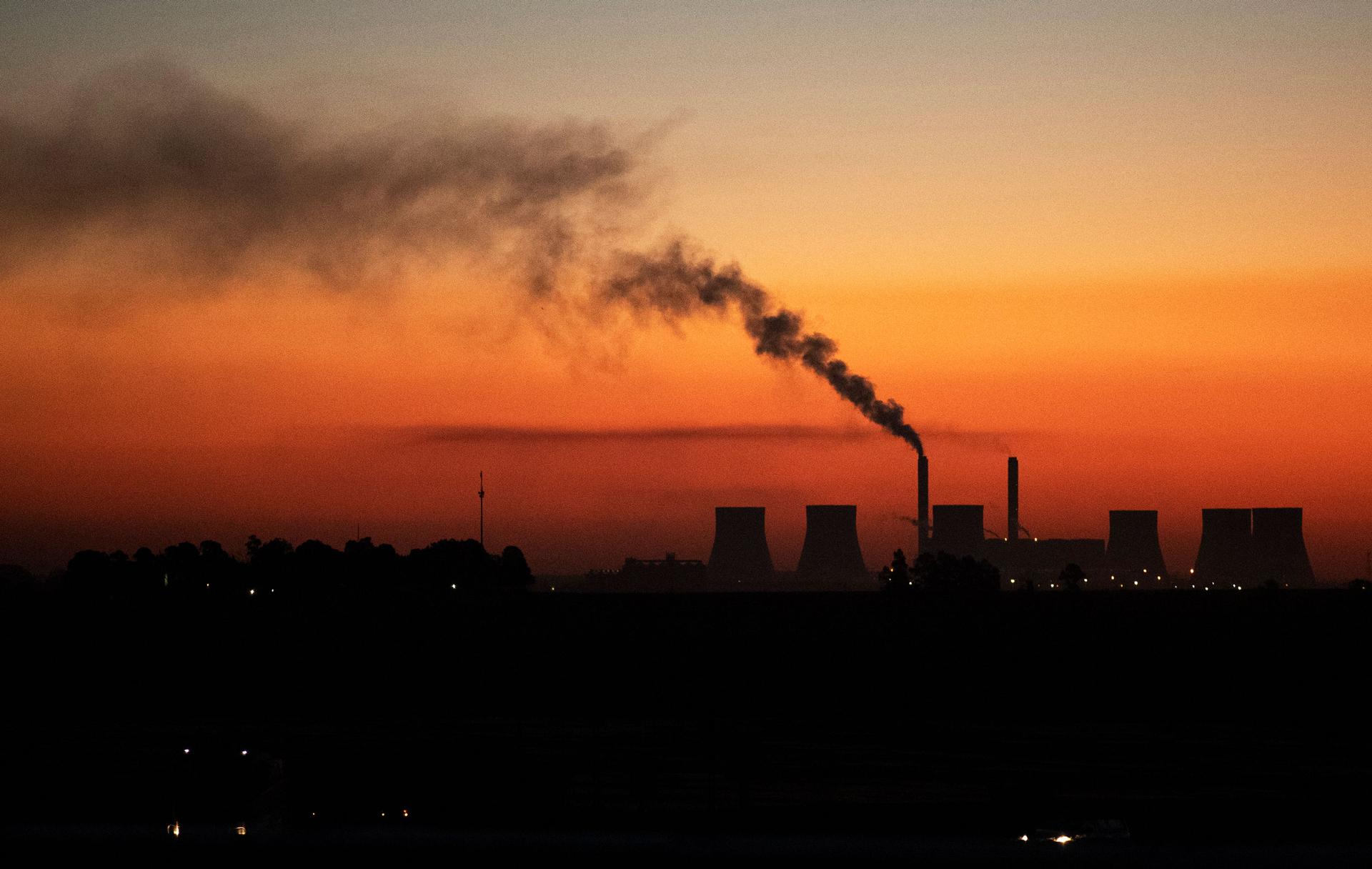At Monster Project Kitchen in Soweto, South Africa, the staff prepare daily for the power to go off, switching off the music and lights and readying the gas stoves.
“Load-shedding affects us very badly,” said Fana Khumalo, who runs the restaurant, along with a number of other businesses in Orlando East, a part of South Africa’s biggest township, Soweto.
The lights may be off, but crisis mode is definitely switched on in South Africa. Despite a national state of disaster and a new minister of electricity, scheduled power outages — known as load-shedding — are heavily impacting ordinary citizens.
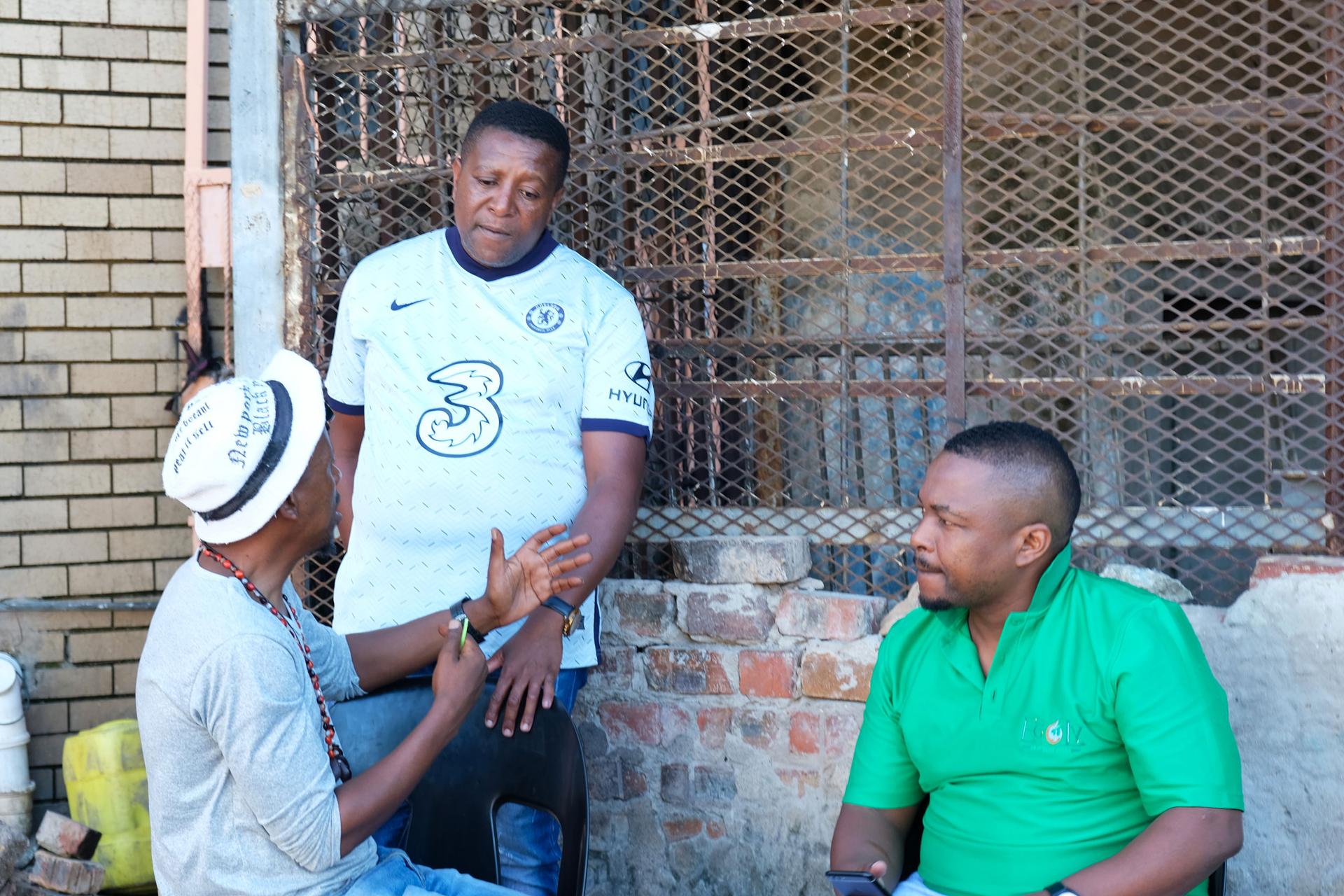
The average American might experience about 7 hours without electricity a year, mostly due to major weather events like hurricanes and snowstorms. But for South Africans, who have endured daily blackouts for the last four years, this is the norm.
Power gets switched off according to a particular area on a scheduled basis, in stages. For instance, at stage six, 6,000 megawatts are taken from the national grid, meaning lights out for about 9 hours a day. The government implemented load-shedding for about 43% of last year.
In mid-February, President Cyril Ramaphosa declared a national state of disaster to respond to the electricity crisis, granting the government broader powers, like exempting critical infrastructure from load-shedding. It also allowed for new electricity producers to skip through environmental regulations and unlock extra finances.
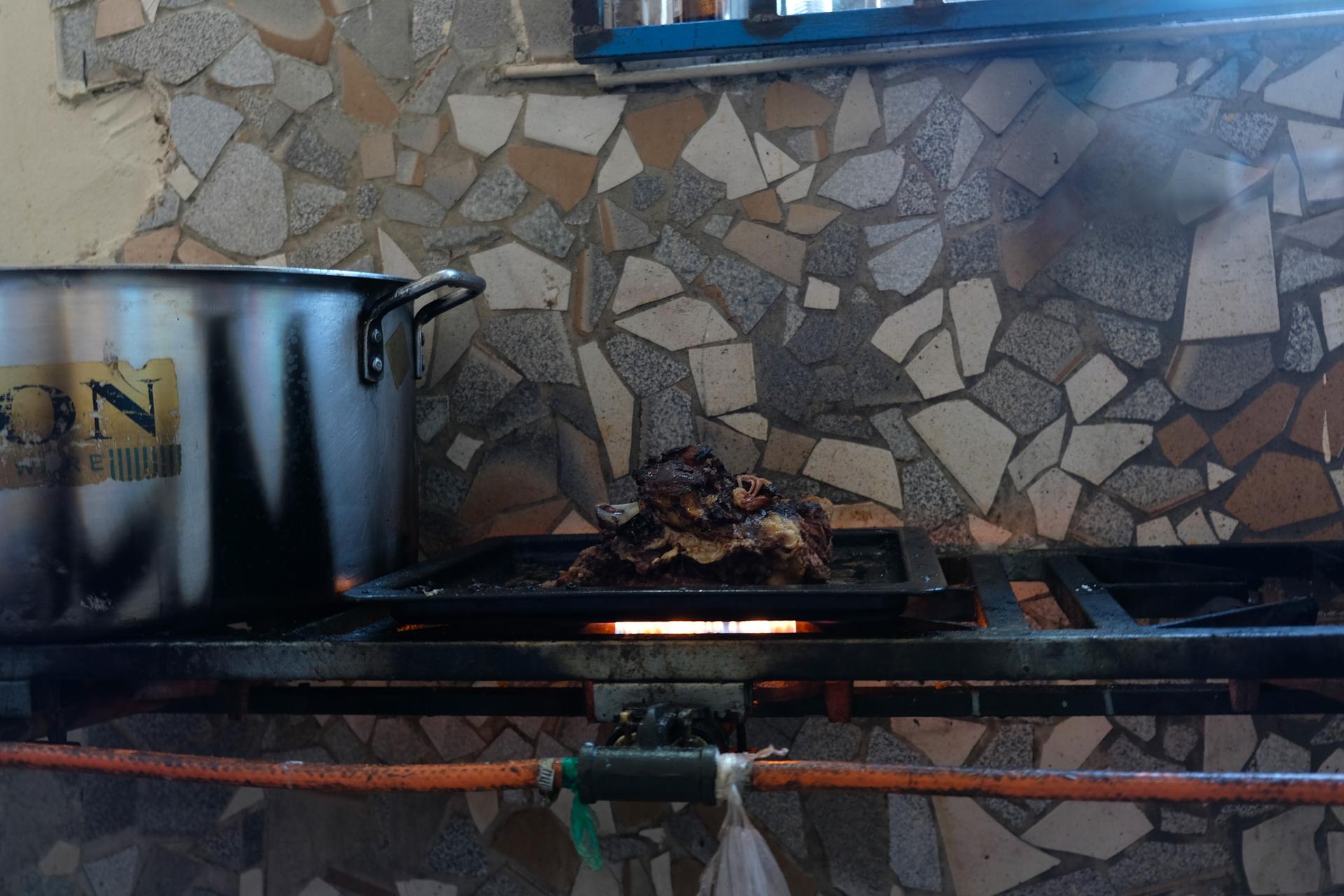
They also established a new transitory Ministry of Electricity, led by Kgosientsho “Sputla” Ramokgopa, the new minister, who has a background in civil engineering. He hopes to end load-shedding, he said, but cautioned South Africans to be patient.
‘We serve our people’
People like Khumalo feel the pressure on a daily basis. The kitchen is tucked off a busy road and serves food to up to 100 people a day.
“With traditional food, you need to prepare it in the morning, because you have to cook it for long hours,” he said.
One of their main dishes is cow heart, served alongside a stiff, staple maize porridge pap, usually shared and eaten by hand.
“Pap and mogodo, pap and heart, liver, and cow head. That’s what we do. We cook here, we serve our people, we have a sit in, or you can do a takeaway.”
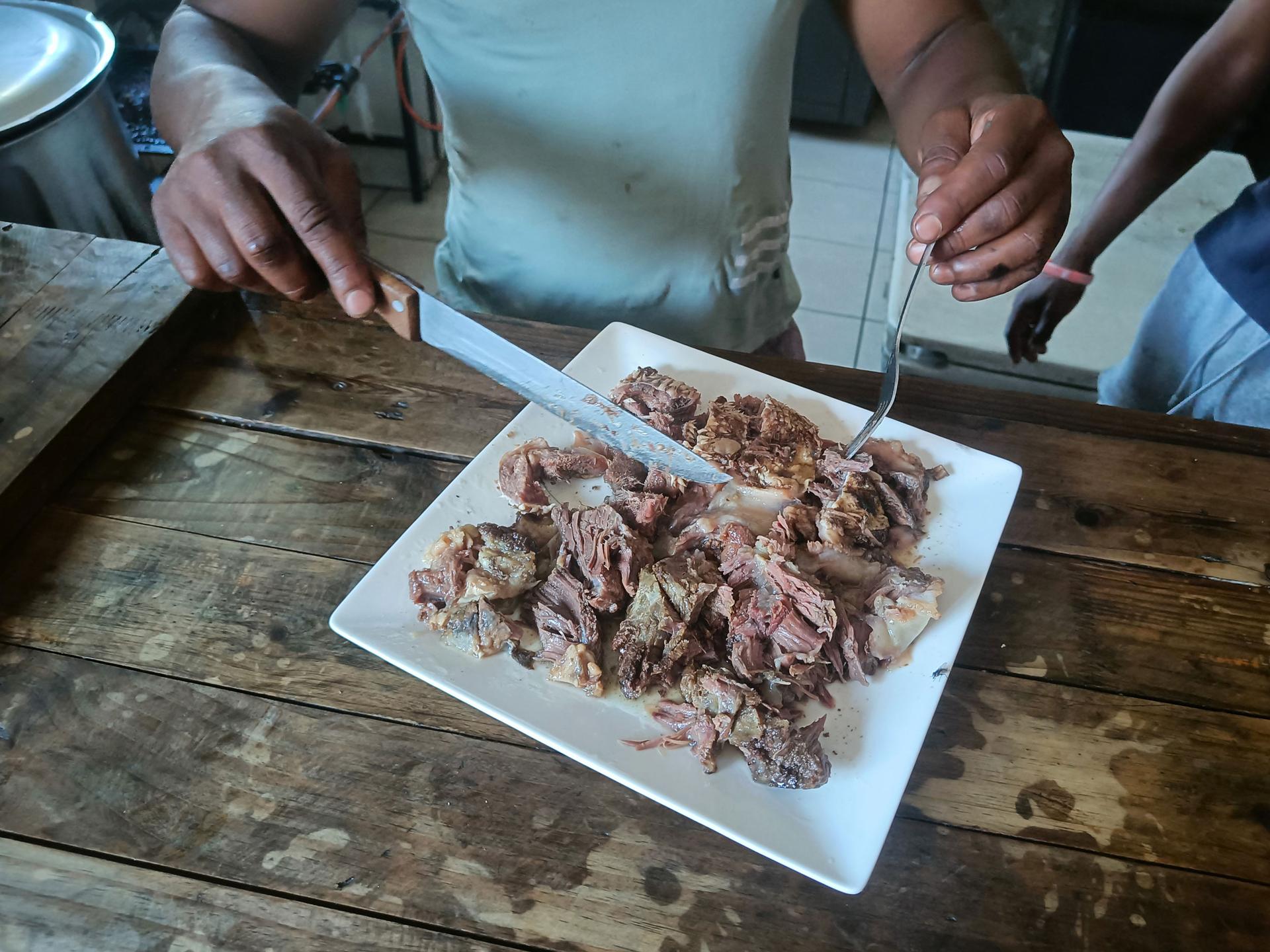
Khumalo said they have become used to working on a schedule and will get by — but it’s been hard.
“You lose customers, because sometimes when they come in, there is no gas as a backup,” he said. “So, we lose money in that way.”
His businesses have also had to let go of staff and deal with excess stock. “We eat the food, what can we do? Or we give it to the orphans in the neighborhood or we share it with our friends.”
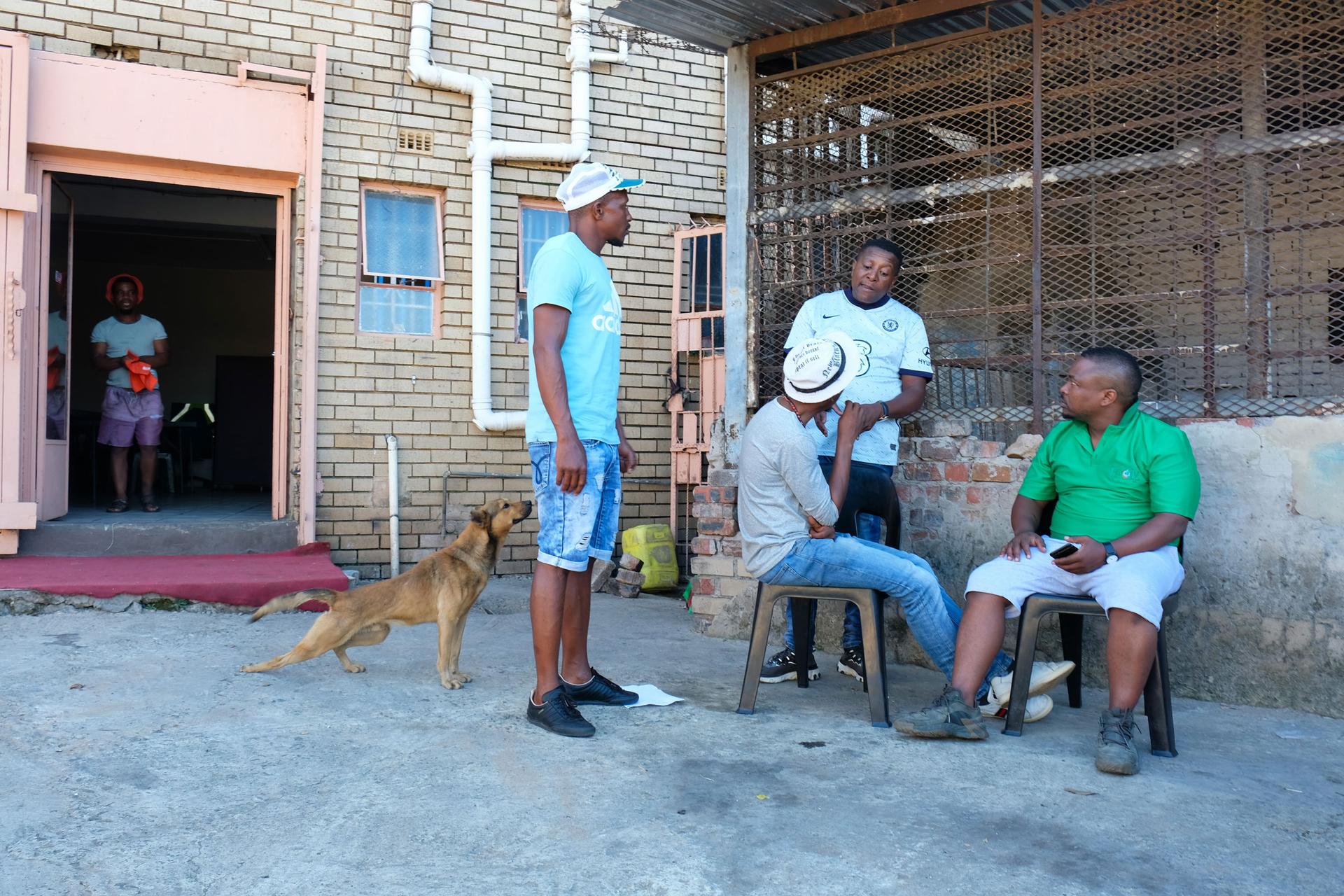
He feels that the government is failing ordinary South Africans and small businesses. Khumalo said he worries about corruption and that too many people in power are making decisions that only serve their interests.
“You are working on a break-even point just to keep the business going, just to think that maybe things will be better, the load-shedding will be over, so that we can go back to business normally, and give people the service that we’ve always given them.”
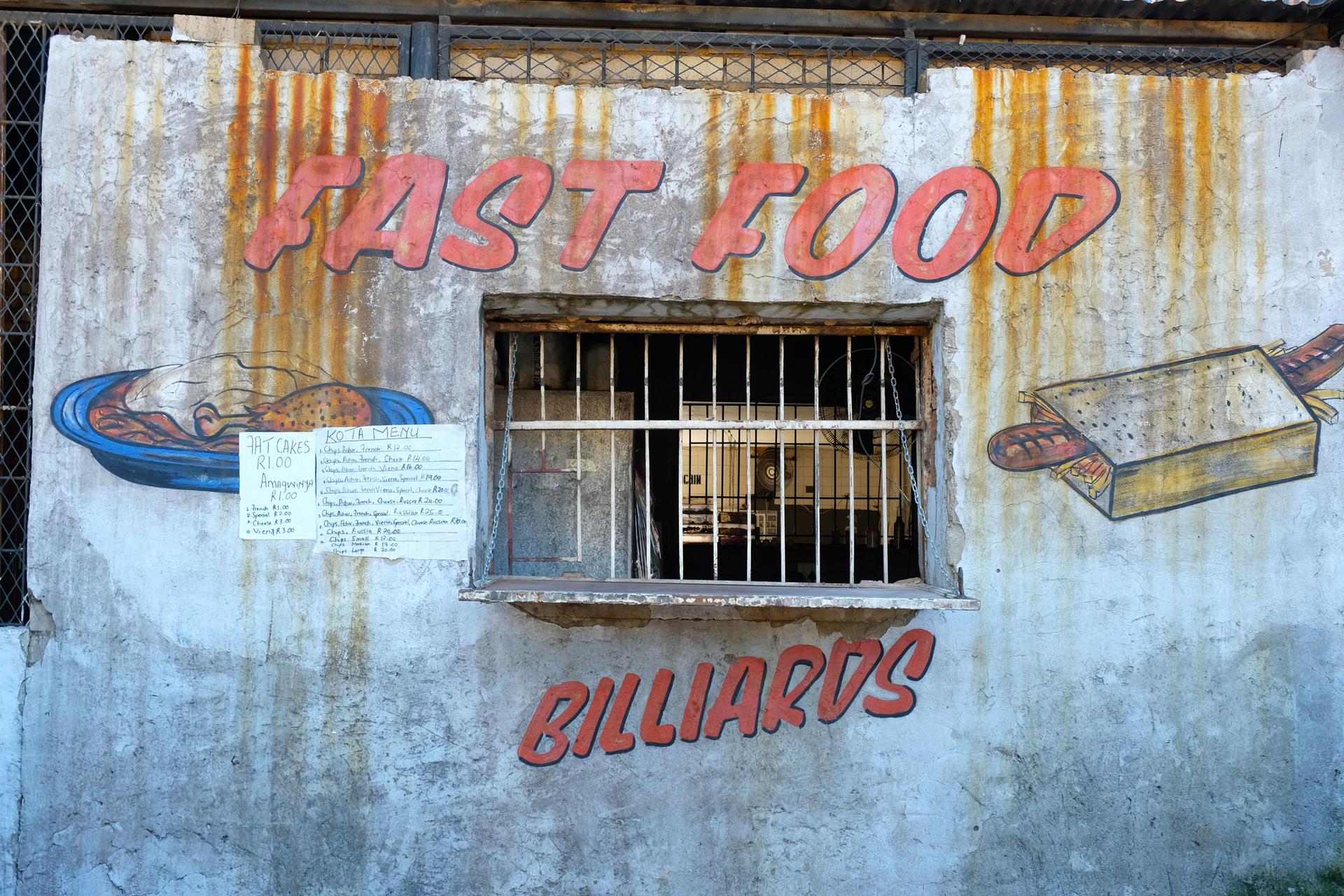
Of course, these problems didn’t happen overnight. Since 2007, there have been increasing bouts of load-shedding for a few months at a time, often because of compromised or failing infrastructure.
Independent energy analyst Clyde Mallinson said that a few decades ago, the country had a surplus of coal-powered electricity, based in part on Apartheid-era sanctions.
“So, what’s actually happened is the coal fleet has deteriorated faster than they thought it would and we haven’t put a new generation in place at a rate that can take over the job of what the coal fleet has been doing.”
He said that the current working capacity of about 100 coal-fired power production units is closer to about 40 units.
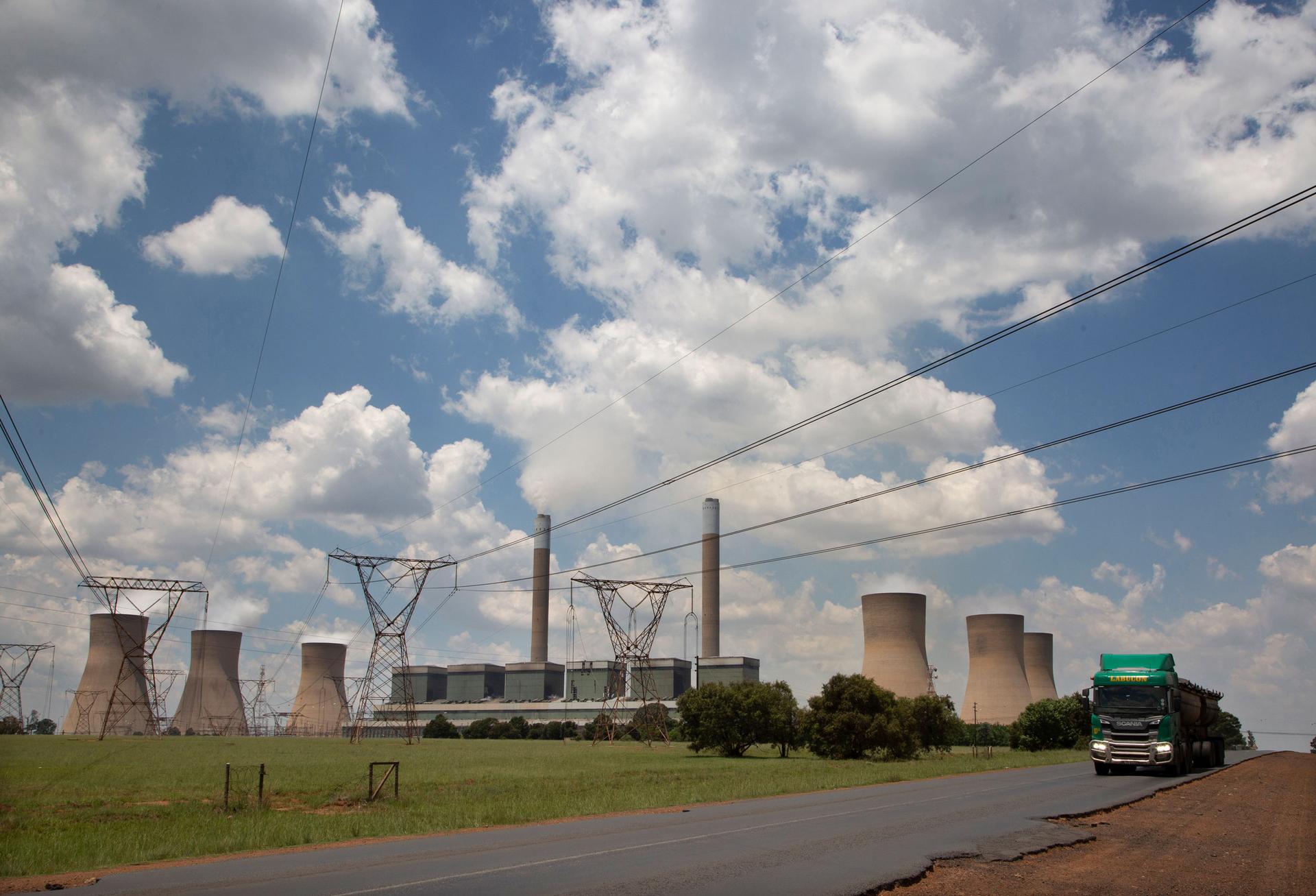
“So, we really, really are in big trouble at the moment, we’ve run out of time,” Mallinson said.
He warns that there’s looming electricity inequality ahead.
“The economic engine of the country is in small-to-medium-sized business operations in all of the towns and cities. And it’s those that are bleeding at the moment, by virtue of not being able to have electricity or have money to backup,” he said, adding that the rest of the population has to pick up the load of “very expensive, very dirty electricity coming from a gasping, dying utility.”
The government’s current Energy Action Plan includes new, renewable energy, more imported power and improved existing power plants. The different scenarios place the end of load-shedding anywhere between a few months to a few years.
For now, load-shedding continues, and with it, the resilience of South Africans to adapt.
The World is an independent newsroom. We’re not funded by billionaires; instead, we rely on readers and listeners like you. As a listener, you’re a crucial part of our team and our global community. Your support is vital to running our nonprofit newsroom, and we can’t do this work without you. Will you support The World with a gift today? Donations made between now and Dec. 31 will be matched 1:1. Thanks for investing in our work!
